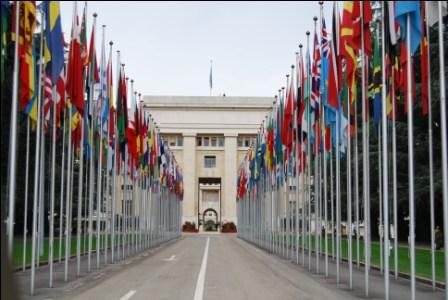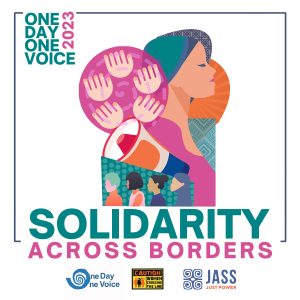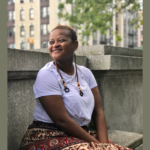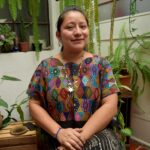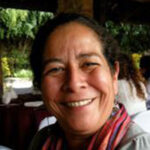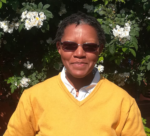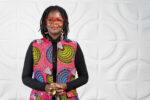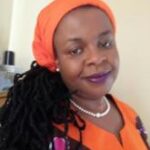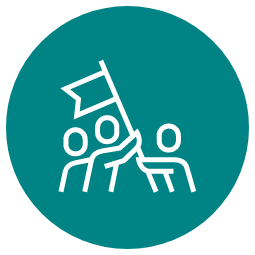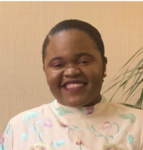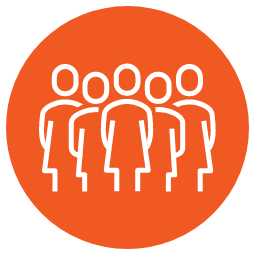“If I talk about the shrinking space for women human rights defenders (WHRDs) in India,” says Ritu Srivastava who works for the Digital Empowerment Foundation in Delhi, “It’s absolutely correct that there are fewer and limited spaces for women in India to talk. And when a woman in India becomes a human rights defender, they have even less space.” For human rights defenders around the world, the space for action and sustained activism is shrinking and under attack—this is especially true for women. At the 29th Human Rights Council (HRC) session in Geneva this year (June 15- July 3), JASS Southern Africa’s Maggie Mapondera converged with activists from around the world to push states to recognize the urgent need to protect human rights defenders and activists, particularly those defending women’s, sexual and reproductive, and LGBTI rights. But activists will need to resist and counter this dangerous trend beyond the gilded hallways of the Palais des Nations if they hope to see lasting change.
In the Zimbabwean city of Bindura, the shrinking space for civil society means that 80 young women and girls who assemble to march against child marriage—in Zimbabwe three out of every ten girls is married before she turns 18—can be denied the right to march without explanation. “We had been given a signed and stamped clearance for the activity but the police later told us that they thought it was a ‘meeting’ and not a ‘march.’” Lynette Dube, communications officer for JASS partner, the Institute for Young Women in Development (IYWD) explained. “We are very disappointed with the police’s actions of denying us the right to march and petition without any concrete reasons as to why. This just [shows] the lack of commitment on the rights of women and girls and there is an urgent need to deal with [the issue of early and forced marriage in Zimbabwe].”
Just last year, long-time activist and GALZ (Gays and Lesbians of Zimbabwe) board chair, Martha Tholanah, was charged with running an “unregistered” organization. The charges were later dropped but the trial itself was just one more instance in the ongoing intimidation, harassment and violence GALZ, a JASS partner, continues to endure at the hands of the Zimbabwean authorities.
That which must not be spoken about…
The common thread underlying GALZ and IWYD’s experiences is the fact that they deal with that which must not be spoken about: women’s rights to their bodies and their choices, sex, sexuality, gender identity, sexual and reproductive rights—the things society at large and, more often than not, policymakers and politicians would rather sweep under the rug.
Once we break the silence on and push these issues, it’s a given that we are going to get some kind of backlash. This might mean heckling and insults in the streets, as Katswe Sistahood experienced when they demonstrated in Harare to fight for the right for women to wear what they want to wear and make choices about their own bodies in last November. Or it may take the form of increasingly conservative and repressive legislation that hinders not only the ability of activists to do their work but endangers their lives and their communities.
From local to global…
While the topic of “shrinking spaces for civil society and human rights defenders” is receiving increasing attention as evident at the ongoing 29th Human Rights Council Session in Geneva, where everyone—from High Commissioner for Human Rights Zeid Ra’ad Al Hussein’s opening speech to reports submitted by UN experts to countless statements by state representatives—echoed this theme, activists are still fighting tooth-and-nail to put women human rights defenders, particularly those who are fighting for gender, sexual and reproductive on the agenda.
There is some forward momentum. For instance, the Council is deliberating on a resolution on domestic violence, whose draft text is “comprehensive and addresses a number of key concerns including sexual and reproductive health and rights, comprehensive sexuality education as well as victims’ access to justice.” Crucially, it also recognises the work and risks of women human rights defenders in these areas.
On other fronts at the HRC, the challenge is still on. One striking example is the troubling “Protection of the Family Resolution” offered by a cross-regional coalition of states including Bangladesh, China, Côte d’Ivoire, Egypt, Russia and Tunisia. The resolution, that should make everyone sit up and pay attention, includes language that prioritises “the family”—but only the hetero-normative patriarchal family ideal, consisting of a mother and father preferably joined in marriage with no room for alternatives. Nor does it acknowledge that families themselves can perpetuate oppression and harmful traditions including violence and human rights abuses that take place within families e.g. marital rape, child abuse, early and forced marriage, and other forms of domestic violence.
Starting with norms and values to get to needs and rights (and laws)…
“It’s not just about the law. It’s about attitudes and much more,” says Katswe Sistahood’s Winnet Shamuyarira, and she’s right. It doesn’t matter if you’re working at the state level or internationally—having resolutions or extensive legislation means little without attacking the heart of the problem: the norms, values and attitudes that govern how people behave and the choices they make each day.
JASS’ work in Zimbabwe and Malawi aims to do just that. Starting with small, intimate circles, JASS equips women activists with the tools they need to break down how power operates in their homes and communities, and harness their own agency and collective power to make change where it counts—accessing basic needs like food, sanitation and healthcare while building a world in which women can be well, safe and secure. Ritu Srivastava who was at the Human Rights Council session agrees, “It comes down to how you change the mind-set of a person. If I am able to change the minds of … five women, that’s a lot. It’s all about a multiplier effect, if I speak out …then she might speak out and speak to five other women, then ten women and that’s the way a movement starts.”
Article written by Maggie Hazvinei Mapondera
Picture source

